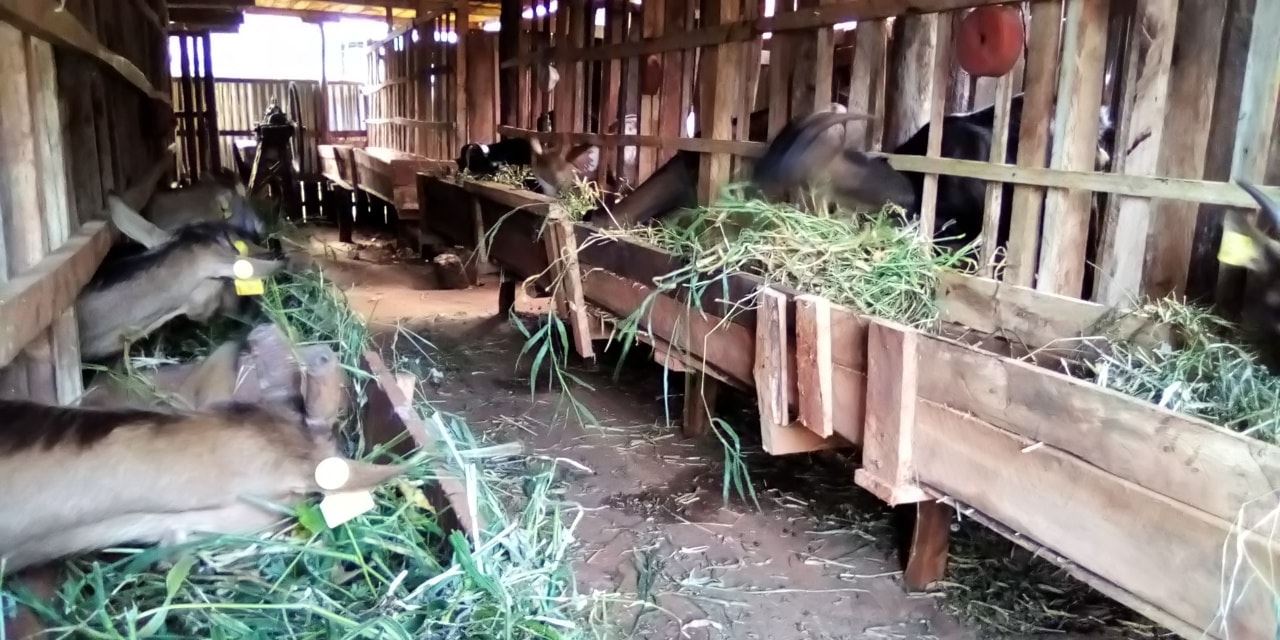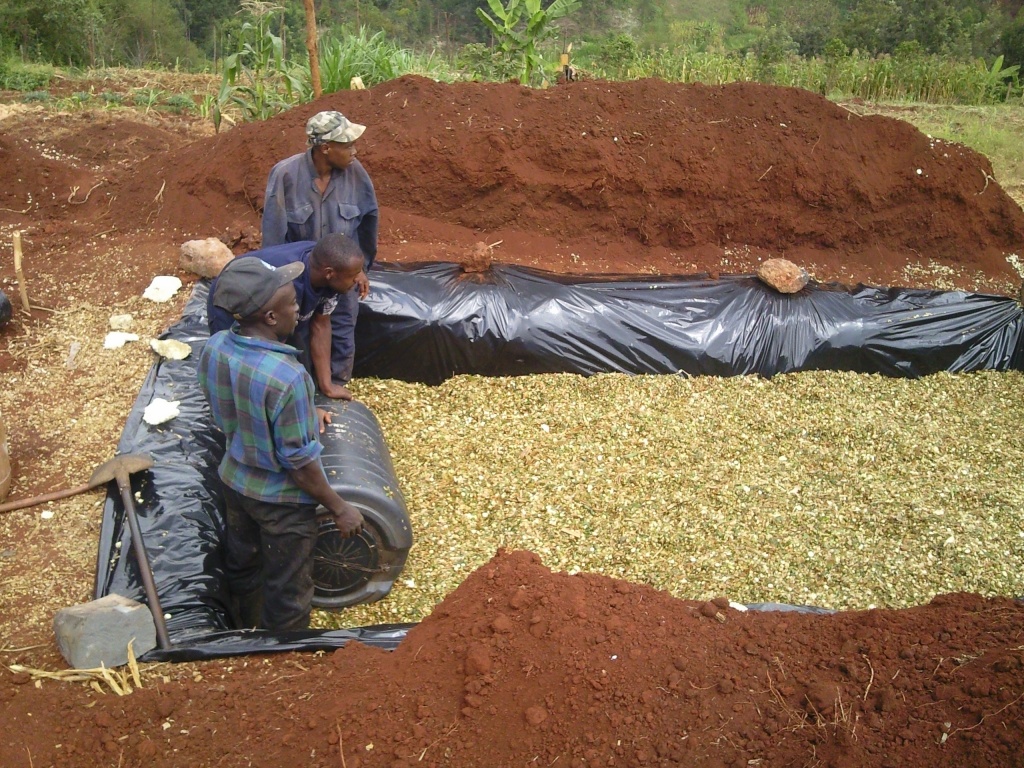
By George Munene
In May of this year, Gad Kamarei, a mixed farmer at Nanyuki embarked on an ambitious project setting up Good Fortune Greens—a greengrocery he hoped would enable him sell directly to consumers, avoid the usual exploitation of farmers by brokers and maximize his profits. Five short months on, business is booming: “We are at the moment swamped with orders, the December festivities will have to be postponed until after the 1st of January,” he says.
“This year I had what I considered the good fortune of a bumper broccoli harvest. Having supplied to friends and the local markets I had access to I was still left with large quantities to sell. I engaged a broker who bought them from me for just Sh50 a kilogram. That very evening a friend bought a kilogram of the same broccolis in town for Sh220,” he says.
From then on he embarked on working out a way to take produce directly from his farm and onto the plates of consumers.
Related News: Nairobi online farmer’s market links growers with busy office and home consumers
Related News: Farmers find Coronavirus business in helping entrants and adding home delivery
While Covid-19’s disruption of agricultural supply chains hurt most farmers, Kamarei had set up his business at an opportune time: ”Consumers were wary of going to markets and looking for home-delivered agricultural produce; we were ideally placed to service this growing need,” he points out.
Kamarei began with hawking vegetables, usually tomatoes, from his car boot, which he still does; “Not all produce can be sold from the store—I send a driver to informal settlements around Nanyuki twice a week. In Majengohe and Kwambuzi the population is high and the convenience of home-delivered fresh farm produce at subsidized prices is unavailable,” he explains. The uptake here too has been great; he often receives calls on his whereabouts whenever he goes a month without doing his usual supply rounds.
With a startup cost of Sh250,000 used in constructing his grocery and another Sh50,000 to bolster his horticultural stock and he was officially in business from the 27th of May. His shelves are now resplendent with tomatoes, onions, greens, courgettes, cucumbers, peppers, some herbs as well as fruits obtained from his two-acre farm in Laikipia and his home farm at Nanyuki.
The grocery is located in town and along the Nanyuki highway which is convenient for customers headed home from work and passersby along the busy road. Being next to the prominent Baraka butcher shop in town it also acts as catnip for meat buyers who usually come in to buy some veggies.
Related News: Vet soars in goat milk sales by cracking marketing and logistics
He has two employees: one mans the shop and the other is a motorbike rider for the stall’s dial a delivery service. This is offered up to consumer doorsteps at no extra charge.
Kamarei also sources farm produce from neighbouring farmers when his own stocks are low. “Not long ago I was the farmer being exploited; bearing this in mind I ensure the farmers that I work with reap healthy profit margins from their produce,” he says.
With the businesses’ early success he has been able to venture into dairy farming and is looking to set up a third greenhouse.
Write comment (0 Comments)
















